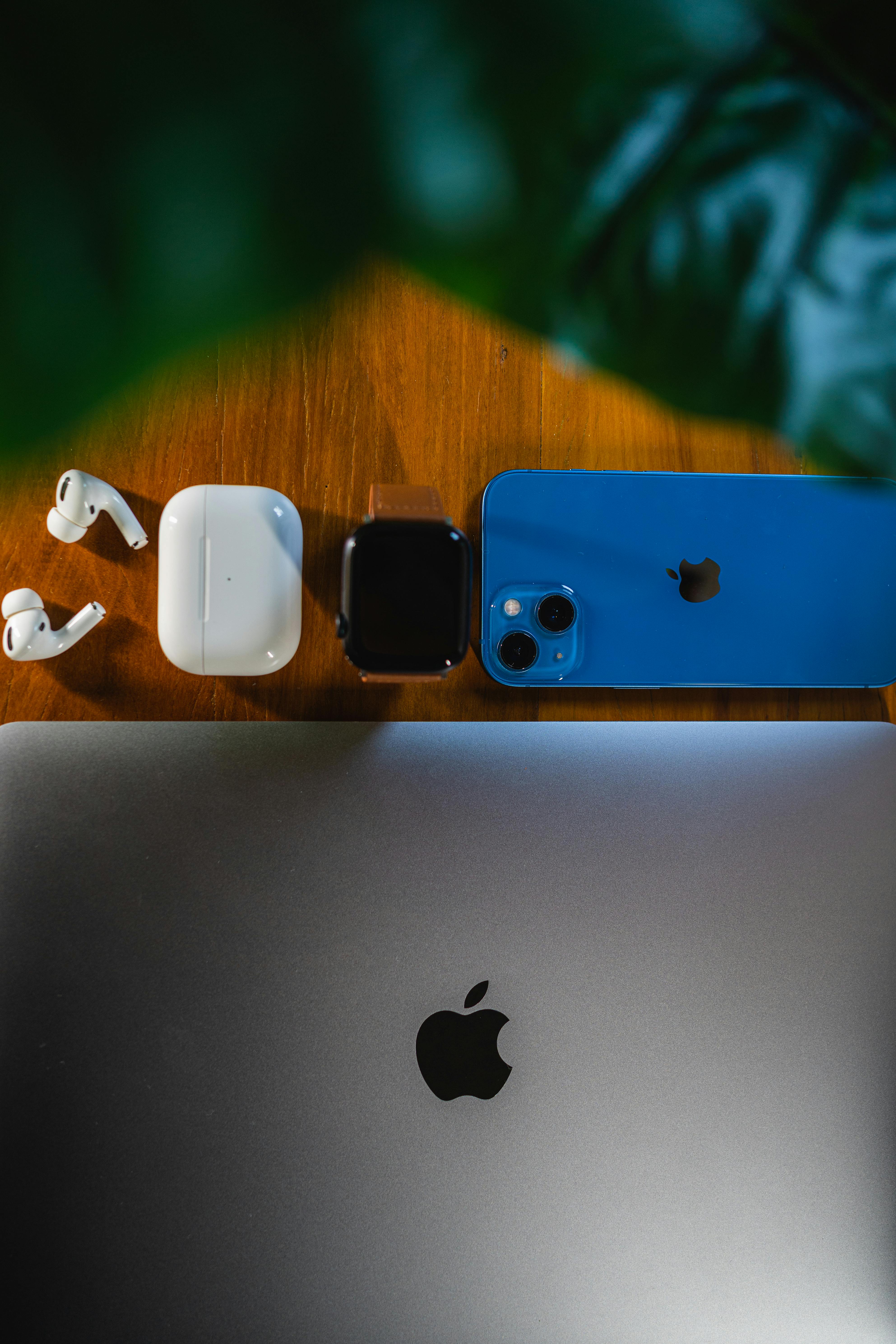Smart Ways to Sell Used Books on Amazon in 2025 for Better Earnings

How to Effectively Sell Used Books on Amazon in 2025 for Maximum Profit
In the rapidly evolving world of e-commerce, understanding how to sell used books on Amazon effectively has become a substantial avenue for both seasoned sellers and newcomers alike. With millions of people turning to the Amazon marketplace to find everything from textbooks to rare editions, the market for used books is robust and ripe with opportunity. This article will guide you through practical strategies, tips, and best practices for launching and optimizing your selling venture.
Selling used books not only offers a way to declutter your home but also presents a chance to earn extra income. Whether you have outdated textbooks, novels you no longer wish to keep, or vintage finds from thrift stores, there's a niche market ready for your offerings. Throughout this article, we will cover essential topics like pricing strategies, creating compelling book listings, handling shipping logistics, and enhancing your visibility among potential buyers.
Prepare to dive into a comprehensive exploration of how to maximize your profits through effective selling strategies and leveraging the vast resources available within Amazon's platform. From understanding Amazon fees to optimizing your inventory management, we’ll equip you with the knowledge you need to thrive in the online used book marketplace.
Getting Started: Creating Your Amazon Seller Account
To commence your journey of selling books on Amazon, the first vital step is setting up your Amazon seller account. This account will enable you to list your used book inventory effectively and manage your sales. Here’s how to get started:
Choosing the Right Selling Plan
Amazon offers two types of selling plans: the Individual plan and the Professional plan. If you anticipate selling fewer than 40 books a month, the Individual plan is cost-effective, as you'll only pay a fee per sale. However, if you plan to sell more, the Professional plan could be more beneficial due to the monthly subscription fee. Evaluating your expected sales volume is crucial in determining which plan suits your needs best.
Setting Up Your Seller Profile
Filling out your seller profile is essential for creating a solid first impression. Include details about your credentials and any relevant experience to establish trust with potential buyers. Utilize a professional photo and clear branding to enhance your visibility. Engage with potential customers by sharing your passion for books and your selling journey through concise personal anecdotes.
Amazon Seller Tools and Resources
Amazon provides various seller tools to simplify inventory management, pricing strategies, and sales tracking. Familiarize yourself with these tools to optimize your listings effectively. Tools like the Amazon Seller App can help you check the value of your books and gauge demand in real time.
With your account set up, you now have the foundation to move forward. Building on these fundamentals, let’s delve into the specifics of creating and optimizing your used book listings.
Creating Compelling Book Listings
Your book listings essentially serve as your storefront on Amazon. To stand out among the competition, you must ensure that your listings are detailed, engaging, and optimized for Amazon’s search algorithms.
Crafting Effective Product Descriptions
Product descriptions are your opportunity to sell your used books effectively. Highlight unique selling points, including the book’s condition, edition, and any special features. Utilize language that resonates with buyers, focusing on aspects like the book’s relevance, appeal, and any emotional connections it may invoke.
Photography Tips for Books
High-quality photographs can significantly enhance the appeal of your listings. Use natural lighting and simple backgrounds to showcase your books clearly. Consider including multiple images to display different angles and cover designs. Clear photography increases the perceived value of your offering and can lead to higher sales rates.
Understanding Book Condition Guidelines
Accurately categorizing your book’s condition is crucial for customer satisfaction and adherence to Amazon policies. Clearly define terms like "Like New," "Very Good," and "Acceptable" to ensure your product meets buyer expectations. Misrepresentation can lead to negative reviews, affecting your seller reputation.
With your compelling listings prepared, moving forward, we’ll focus on effective pricing strategies to maximize your profits in the competitive used book market.
Strategic Pricing for Used Books
Pricing your used books accurately is critical to attracting buyers while also ensuring you achieve your profit goals. Let’s explore some effective pricing strategies.
Researching Market Prices
Understanding the competition is vital in setting your prices. Utilize online pricing tools to compare similar listings within your niche. Analyze how similar books are priced, and factor in elements such as condition, edition, and rarity. Competitive pricing can make a significant difference in your sales volume.
Utilizing Sales and Promotions
Incorporating seasonal promotions or discounts can boost sales significantly. Consider timing promotions during peak sales periods, such as back-to-school or holiday seasons, to maximize visibility and draw in buyers. Create urgency in your sales tactics to encourage quick purchases.
Taking Advantage of Bundle Offers
Creating book bundles can be an excellent strategy to increase average order value. Pair related titles or genre-specific books to offer value to buyers looking for multiple items. Bundling not only enhances sales profits but also improves inventory turnover, helping you manage stock efficiently.
As we transition into the logistics of shipping used books, it’s essential to consider how effective pricing strategies can improve buyer experience and lead to repeat customers.
Shipping and Fulfillment Methods
Once you receive orders, managing shipping logistics becomes a priority. Ensuring timely delivery and effective packaging is critical for maintaining customer satisfaction.
Shipping Costs Considerations
Be transparent about shipping costs in your listings. Offer options for standard shipping and expedited delivery when possible to cater to different buyer needs. Utilize Amazon's fulfillment options, like Amazon FBA (Fulfillment by Amazon), for streamlined shipping and inventory management.
Packaging Used Books for Shipping
Properly packaging your books not only protects them during delivery but also enhances the overall customer experience. Use sturdy materials to prevent damage, and consider adding personalized notes for a touch that can enhance customer rapport. Good packaging reflects your professionalism as a seller.
Managing Customer Expectations
Clear communication regarding expected delivery times and tracking information sets the right expectations for your customers. Provide updates through Amazon messaging and ensure responsiveness to inquiries. Maintaining open communication can enhance buyer trust and improve your seller reputation.
Building on the logistics of shipping, let’s discuss how to market your used books effectively for better visibility and increased sales.
Marketing Your Used Books Online
Effective marketing is the bridge between your book listings and eager buyers. Employ strategies that maximize visibility and engagement.
Leveraging Social Media Platforms
Utilize social media platforms to promote your used books creatively. Share engaging content, such as visuals of your books, behind-the-scenes looks at your selling process, or reader testimonials. Connecting with your target audience can grow your reach significantly and create a community around your offerings.
Engaging with Online Communities for Readers
Joining online communities and forums focused on book lovers can provide exposure for your listings. Participate actively by sharing insights, book recommendations, or exclusive offers. Building relationships within these communities can result in loyal customers and trust in your brand.
Sending Email Campaigns to Subscribers
Building an email list allows you to communicate directly with interested buyers. Share updates about new arrivals, special promotions, or upcoming events. Engaging with your audience through email marketing can significantly boost your book sales and create a loyal customer base.

Best Practices for Sustaining Your Book Selling Business
To achieve long-term success in selling used books, adopting best practices is essential. Let’s explore some strategies that support sustainable growth.
Building Your Seller Reputation
Your reputation as a seller is a significant factor influencing buyer decisions. Focus on product quality, accurate listings, and responsive customer service. Encourage feedback and reviews from satisfied customers to enhance your visibility and attractiveness to potential buyers.
Engaging in Continuous Learning
Stay informed about trends and developments in the used book market. Attend workshops, webinars, or explore articles focused on book selling strategies. Continuous learning helps you adapt and improve your selling techniques as the marketplace evolves.
Seasonal Trends and Adaptability
Understanding seasonal trends can help you optimize inventory and maximize sales. Track which genres or types of books sell best during different times of the year and adapt your stock accordingly. Being aware of such patterns can significantly impact your overall profitability.
With a solid grasp on best practices, it’s time to address some frequently asked questions concerning selling used books on Amazon.
Q&A Section: Common Questions About Selling Used Books
What are the common fees associated with selling books on Amazon?
Amazon charges referral fees on each sale based on the book category. The fees can range from 6% to 45%, depending on the book's condition, pricing, and selling plan. Understanding these costs plays a crucial role in your pricing strategies.
How can I estimate the value of my used books?
Utilize online pricing tools and research current listings to gauge your book's value. Check completed listings and compare similar conditions to ensure competitive pricing that attracts buyers.
What should I do if my book doesn’t sell?
Consider enhancing your product descriptions, improving photography, or adjusting pricing strategies. Sometimes, simply promoting the listing through social media or community groups can generate interest. Continuous assessment of your strategy can yield better results.
Are there special practices for shipping rare books?
Absolutely! Rare books often require additional care in shipping. Invest in customized packaging, and consider using tracking options to ensure safe delivery. Providing clear communication about shipping practices can reassure collectors regarding their purchase.
How can I utilize author royalties when selling used books?
Although most authors do not earn royalties on resale, understanding your niche market can allow you to engage with authors for potential partnerships. Promote books, share unique selling points that enhance their visibility, and develop relationships that could benefit both parties.
To wrap up, selling used books on Amazon offers an exciting way to generate income, connect with fellow book lovers, and contribute meaningfully to the sustainability of the book industry. By implementing these strategies and adhering to best practices, you’ll be well on your way to maximizing profits while building a loyal customer base.
